Sign up for workout ideas, training advice, reviews of the latest gear and more.

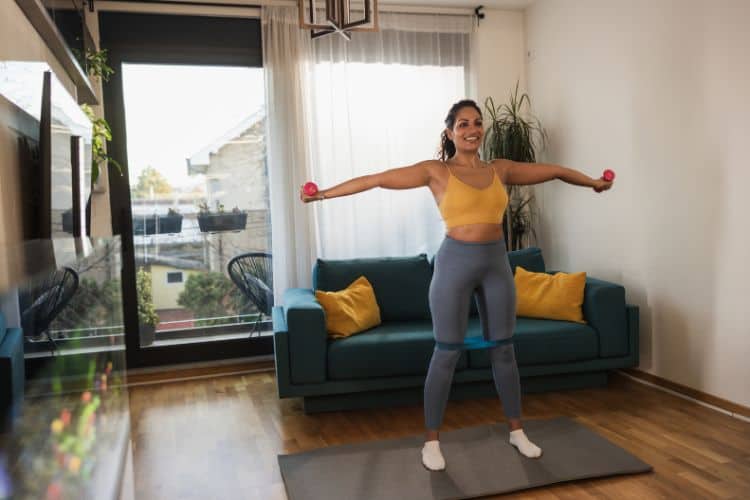
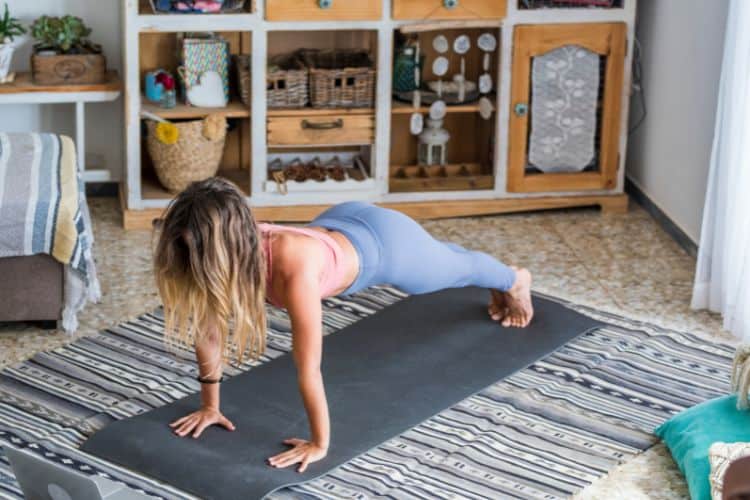
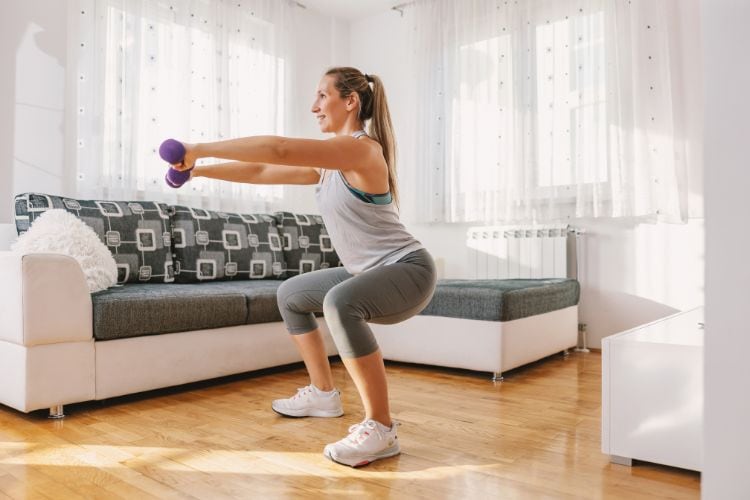
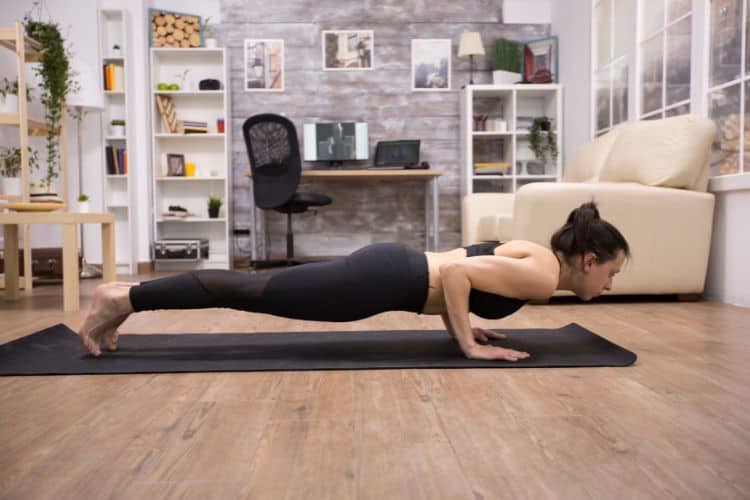
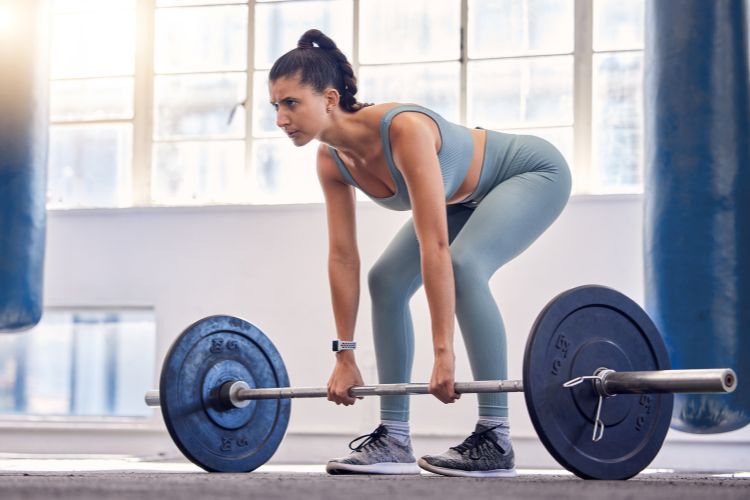
Resistance training, often associated with bulking and bodybuilding, has long been misunderstood—especially when it comes to women. Contrary to myths, lifting weights doesn’t make women bulky; it makes them stronger, healthier, and more confident. Whether your goal is fat loss, toned muscles, increased metabolism, or simply better functionality in daily life, resistance training should be a key part of your fitness regimen.
Women naturally have lower testosterone levels than men, which means they build lean, toned muscle rather than bulk. Resistance training helps increase muscle mass, which boosts metabolism and improves overall body composition.
Unlike cardio, which burns calories only during the workout, resistance training elevates your resting metabolic rate. This phenomenon, known as excess post-exercise oxygen consumption (EPOC), means your body continues to burn calories even after you’ve finished working out.
As women age, especially post-menopause, the risk of osteoporosis rises. Resistance training stimulates bone growth and helps prevent bone-related issues, keeping your skeleton strong and reducing fracture risks.
Lifting weights isn’t just a physical challenge—it also empowers women mentally. The sense of achievement after hitting a personal best or mastering a new move can significantly improve self-esteem and reduce anxiety or depression.
Daily tasks—lifting groceries, playing with your kids, moving furniture—become easier with resistance training. It strengthens your core and improves coordination and balance, helping prevent injuries.
One of the most persistent myths is that women will look “too muscular” from lifting weights. In reality, most women develop a leaner, more toned appearance due to their hormonal profile and muscle-building rate.
While cardio burns calories, resistance training is more effective for long-term fat loss and metabolism boosting. Combining both is ideal, but skipping resistance training is a missed opportunity.
Bodyweight resistance, resistance bands, dumbbells, and kettlebells can all offer effective resistance workouts at home. You don’t need a full gym setup to see progress.
Perfect for beginners or those working out at home, bodyweight exercises like push-ups, squats, lunges, and planks use your own body for resistance.
Dumbbells and kettlebells are versatile tools that add progressive resistance to basic movements like rows, squats, and deadlifts.
Lightweight and portable, resistance bands provide tension that challenges muscles through a full range of motion.
Machines at the gym are great for targeting specific muscle groups and are beginner-friendly due to their guided movement paths.
For more advanced lifters, barbells allow you to progressively load exercises like deadlifts, squats, and bench presses, increasing total strength.
Are you aiming for fat loss, muscle tone, strength gain, or general health improvement? Your goal determines your training frequency, rep ranges, and intensity.
Form is critical in resistance training to prevent injury and ensure effectiveness. Use mirrors, trainers, or online videos to master technique before increasing weight.
Start light to get used to the movements. You should feel challenged by the last 2–3 reps but still able to maintain good form.
Start with 2–3 days per week, focusing on full-body routines. As you progress, you can switch to upper/lower body splits or push/pull routines.
A dynamic warm-up (jumping jacks, leg swings) preps your body. Cool down with static stretching to aid recovery and flexibility.
Keep a notebook or use a fitness app to track your sets, reps, and weight. This helps you progress and stay consistent.
To get stronger and build muscle, gradually increase resistance. This could mean more reps, heavier weights, or shorter rest periods.
It’s okay to rest when needed. Fatigue and soreness are normal, but sharp pain or exhaustion may be signs to scale back.
Protein helps repair and build muscle. Aim for lean sources like chicken, fish, eggs, tofu, and beans. Pair with complex carbs and healthy fats for energy.
Water supports every cell in your body and is especially important during resistance workouts to prevent cramps and aid recovery.
A great lower-body move that targets quads, glutes, and core. Hold a dumbbell close to your chest and squat down with control.
Targets shoulders and triceps. Start seated or standing, press weights overhead without locking out your elbows.
A safe way to mimic barbell deadlifts. Step on a resistance band, grab the handles, and stand up straight with a hip hinge.
Place a mini band above your knees. Drive your hips up, squeeze the glutes, and keep knees out to maximize activation.
Hold dumbbells in a plank and row one arm at a time. This challenges your core and back simultaneously.
As women age, resistance training becomes even more critical for hormone balance, bone strength, and maintaining lean muscle. Lighter weights, more controlled movements, and joint-friendly modifications can help keep workouts safe and effective.
Resistance training is one of the most empowering forms of exercise for women. It not only transforms your body physically but also enhances your confidence, mental health, and overall well-being. Whether you’re in your 20s or 60s, starting today is the first step toward a stronger you.
Make resistance training part of your weekly routine and witness the incredible transformation—inside and out.
Stay up to date on the latest women’s health, fitness and lifestyle trends and tips.